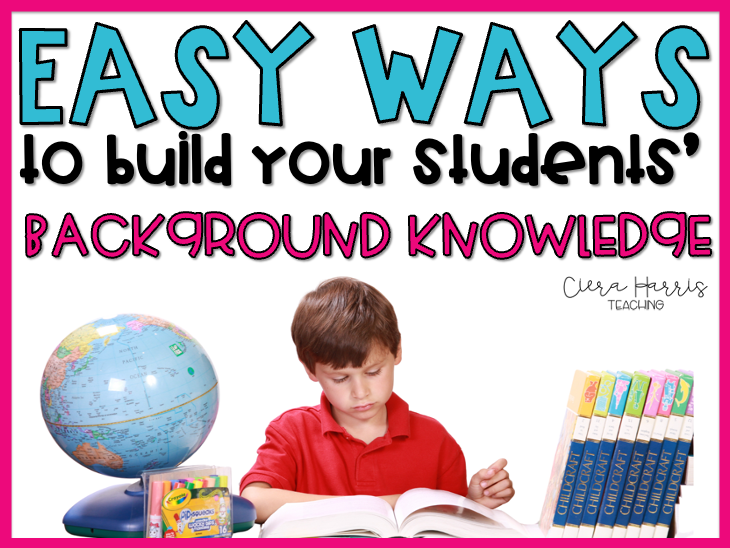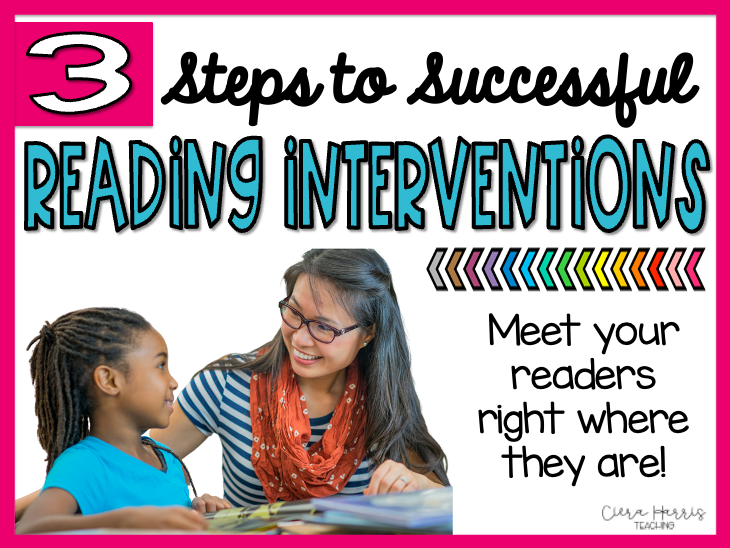Main idea was always the skill that scared me the most to teach. It’s such an abstract skill and there’s not a specific step by step strategy that students can use that will guarantee them to identify the main idea correctly. I always felt like I wasn’t teaching it correctly and that I could be doing better. Finally, over the last few years in the classroom, I focused on researching, testing strategies and lessons to see what worked and what didn’t. I made it a point to find an answer. I am happy to say that I’ve gathered a lot of awesome tips that I can’t wait to share with you when it comes to teaching this important skill. Are you ready?

Want to watch the video instead? Check it out below! Make sure to subscribe to get updates on all new content!
Main Idea Tips:
- Use non-examples! Many times students will work hard and identify what they believe is the central idea and when we say it is wrong, they do not understand why. We need to show our students and explain why main idea answers are wrong just as much as we explain why answers are correct. They need to have explained how ‘this main idea is actually only what this one section of the text is about, not the entire text’ or that ‘this main idea is too vague, how can we make it more specific?’ Take time to focus on the wrong answers as much as the right answers!
- Practice reading stories and passages without titles! This is a super fun and easy way to allow students to think about main idea and use their creative side to give them main idea but in title form! You can even make this strategy a fun center. Place post it notes over the covers of the books or passages you want your students to read and have them create their own titles. Then have them compare and contrast their title to the original title. How are they alike? Which is more specific? Which depicts the main idea better and why? I’ve got a great list of picture books that are great for teaching main idea you can grab for your classroom library!
- Give your students a starting point. Many time teachers focus on main idea and teach vocabulary and model reading passages and thinking aloud but we never break down actionable steps for our students to actually USE when they do it themselves. Our goal is for our students to become independent therefore we need to give them step by step instructions on where and how to think to be able to identify the main idea of a text. So what are the steps?
- I’ve broken in down into three specific spots – before reading, while reading, and after reading. Each spot has certain things for the students to look for. Before reading, the students will analyze the title, the cover images, and identify the topic of the story. Even if there aren’t cover images, the title and topic can give a lot of great information that will help students get started thinking in the right directions.
- Many times, I’ll have students make predictions on what they think the main idea might be! I want to make sure their minds are in the right place and ready to take in the rest of the information they are going to be looking for
- While reading students will be looking for items such as text features, identifying the genre, important repeated words, headings, pictures, and rereading the first and last sentence.
- After reading there are two points that I want my students to think through before they make their decision. What are the most important points the author has made throughout the story and what do all of these important details have in common?
Want to snag this FREE flip book to help your students use this strategy? Just enter your email address below and it’s all yours!

- Another tip for teaching main idea is to make sure you’re explaining the difference between identifying main idea in fiction versus nonfiction. In fiction, make idea is ‘what the story is mostly about’. But in nonfiction it’s ‘what does the author want me to know about this topic?’. When we read these two genres, our brains think differently, therefore we should be thinking differently to identify the main idea of the text.
- Just because you’re teaching main idea doesn’t mean you automatically have to jump right into using a paragraph. When teaching, make sure to provide naturally scaffolding in your lessons to gear students up for paragraphs. This natural scaffolding would look like this: start by using objects, then pictures, words, sentences, and finally paragraphs. This will allow your students to understand the skill of main idea and details without the added load of comprehension. It will let them see how details are connected, how there could possibly be more than one central idea. They will see how the main idea is about the entire contents and not just partial.
- Objects – place objects in a bag and have students pull them out one by one and decide what all of the objects have in common. This is a fun activity called Brown Bag Main Idea
- Words – Have students go on a word hunt and decide what the words, again, have in common. They can write out a main idea sentence to begin to practice how these statements are written.
- Pictures – find interesting pictures online that students can relate to (families swimming, at the park, etc) Have students identify and write out details from the picture. Then come up with what might be 1-2 different main ideas of the photo.
- Sentences – Have students sort sentences between which are main ideas and which are details
- Paragraphs – have students color code the main ideas in red and the supporting details in blue.
You can find my entire Main Idea Unit with a full week of lesson plans, craft, assessments, center, and more in my Teachers Pay Teachers store!

- Start with the details! Many times we focus on having students identify the main idea. If they get it wrong we have them try again. But the secret actually lies in the details. It’s what the details have in common that create the central idea. Can your students identify the details that are important vs. unimportant in a text? Can they explain how the details are connected and which don’t belong? Sometimes when students are struggling with main idea – our focus needs to shift to supporting the details. Then the main idea will come more naturally.
- Use the words ‘how’ and ‘why’ when writing out or stating the central idea. These two words seem to help students get their thoughts out when they are unsure of how to begin their thinking in the first place. Sometimes they have an idea but putting the idea into words is the hardest point. For some reason these two words can help!
- For example the student may have just read a book about baby penguins. The main idea could be ‘how penguins care for their young’. Or maybe they just read a book about George Washington. The main idea could be ‘why George Washington was such an amazing president’. Now, these aren’t going to be strong, mind blowing answers. But for students who need a starting point, these two words have a lot of power to help! (This does work better in nonfiction than it does with fiction!)
I hope these tips have been helpful! If you have any questions, please feel free to reach out to me! I’m happy to help. If you want to save this post for later, just pin the image below!






